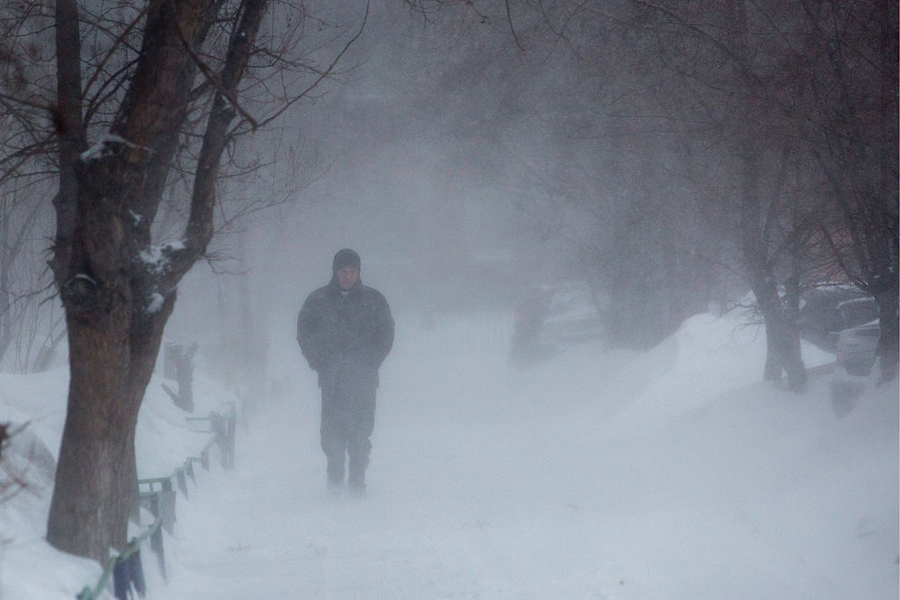The snowstorm was real enough.

But the person who spread a now-deleted Facebook post earlier this week warning that southern Indiana was about to get up to 12 inches (30 cm) of snow left out an important detail: the snow had long since come and gone, in early 2014.
Indianapolis-based WISH-TV had published the map originally and wasn’t amused to see it reappear three years later.
The meteorologist at the local NBC affiliate wasn’t happy either:
The fake/real post was shared over 600 times, the Indianapolis Star reported.
Attention-getting weather attracts fake news purveyors: earlier this year, a faked hurricane prediction map which showed Hurricane Irma on track to strike several U.S. cities got over 50,000 views before being deleted.
Faking a weather forecast in the U.S. can lead to up to three months in jail, Politifact points out.
In fake news news:
Want to hide Nazi imagery on Twitter? Just tell the platform you’re in Germany or France, where it’s illegal. “It only hides some of the Nazis, but it’s better than nothing,” Lifehacker explains.
Donald Trump’s election led to a radical divergence in trust and confidence in the media between Republicans and Democrats, Buzzfeed reports. Over 60 per cent of Trump supporters agree that the media is an “enemy of the American people,” and 25 per cent of respondents in general support severe restrictions on press freedom.
Technology Review looks at Tracer, Reuters’ system for flagging breaking stories on Twitter for human journalists to followup on, and questions whether it’s vulnerable to manipulation by bots.
The 1990s were full of moral panics about the then-new Internet — frequently silly, tone-deaf, wrong and alarmist. But in the New York Times Magazine, John Herrman wonders if the pessimists of two decades ago might have been right in the long run, as the toxic side of digital culture becomes stronger and more destructive: “We find ourselves aware of the power and unaccountability of the new marketplaces in which we socialize, communicate and do business. To cast our recurring panics as technophobic reruns is to misidentify what animates them most: Not fear, but helplessness.”
Anti-Muslim social media accounts are amplified by a compliant army of bots, the Guardian points out.
Also in the Guardian: Facebook and Twitter say they will hand over details of Russian-funded pro-Brexit social media ads to a British parliamentary committee.
In the Washington Post, another reminder of the role Facebook played in spreading hate propaganda against the Rohingya minority, now victims of an organized genocide. “More people have access to Facebook than have regular electricity in their homes. A recent study found that 38 per cent of Facebook users in Burma got most, if not all, of their news on the site. And news feeds in Burma are rife with anti-Rohingya posts.”
Do fumes from Pfizer’s Ireland-based Viagra factory at Ringaskiddy, Co. Cork leave the male population (men and dogs) with constant erections? Pfizer says no, claiming that their “manufacturing processes have always been highly sophisticated as well as highly regulated,” but otherwise sensible news organizations, including the Times, quote the locals as claiming otherwise. To us, it seems like a long-running practical joke that ensnares reporters, willingly or otherwise.




Comments